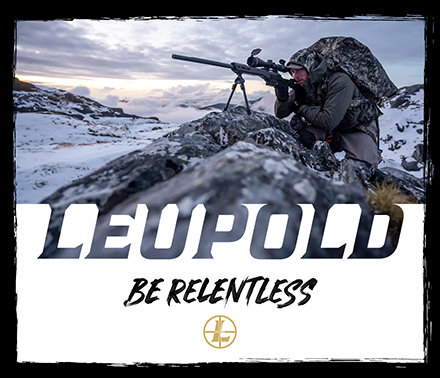How to Hunt Bull Moose After the Rut
Transitioning from hunting bull moose during the rut to after is like switching from defense to offense. During the rut it’s all about bringing a bull to you; after the rut, you’re going to have to go to him.
The rut is taxing on bulls. They travel their home ranges continuously in search of cow moose, and often fight other bulls for breeding rights. By the end bulls are exhausted and in diminished physical condition. Rest, recuperation and feeding are priorities.
Where to look
Bulls seek prime forage and solitude, though they may tolerate the presence of other bulls. They want the highest quality foods available, usually unshaded shrub communities of willow, alder or dogwood. The best shrub communities are often associated with logging clearcuts, regrowth after burns, river deltas, south-facing shores, lakeshores and the riparian areas of creeks and rivers.
That can be a chore. Satellite images are ideal—you can identify potential hideaways where a bull can hole up undisturbed. Remember, he’s seeking quality food adjacent to mixed-wood forests that offer escape and thermal cover.
Narrow the search
Hunting likely bull refuges is a process of elimination. Glass from a distance, use height to your advantage and pay particular attention to the edges where shrub communities abut the forest. Be patient and thorough, as bulls may be bedded. They feed heavily in the shoulder hours; midday they alternate between feeding and bedding.
Where you can’t effectively glass, carefully walk the perimeter looking for recent sign—tracks, droppings and evidence of feeding. If you see a bull from a position of advantage, take time to carefully plan your stalk, paying attention to the wind.
Close the deal
If you see evidence of moose activity but no animal, go in after him. It can be fruitless to sit and wait for a bull that has little interest in moving far.
Tracking and still hunting are both effective, with snow your greatest ally. If you cut a fresh track, parallel it from the downwind side; don’t walk in a moose’s footsteps or you are nearly guaranteed to be detected. Windy and wet days can be ideal for hiding your scent and sound.
Always scan ahead. Even in dense cover, binoculars are a great aid. Carry your rifle at port arms…your opportunity may arise very quickly! If you happen to bump a bull, wait 20 minutes before picking up the track. They’re reluctant to leave productive habitat and often don’t go far if they’re not pressured.
For more on moose hunting, check out 4 Tips to Find Your Late-Season Moose.






